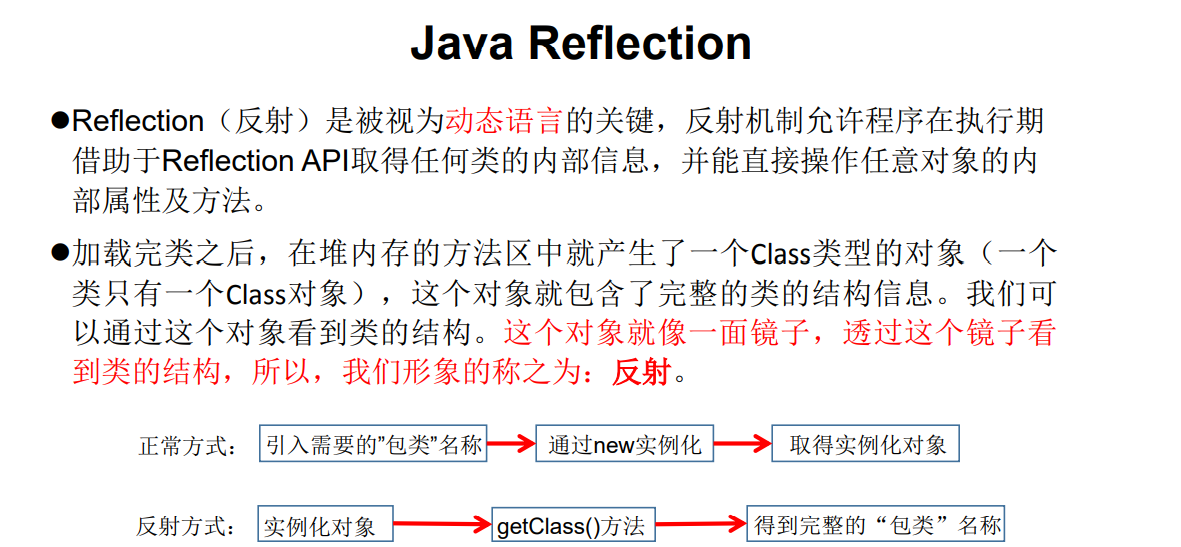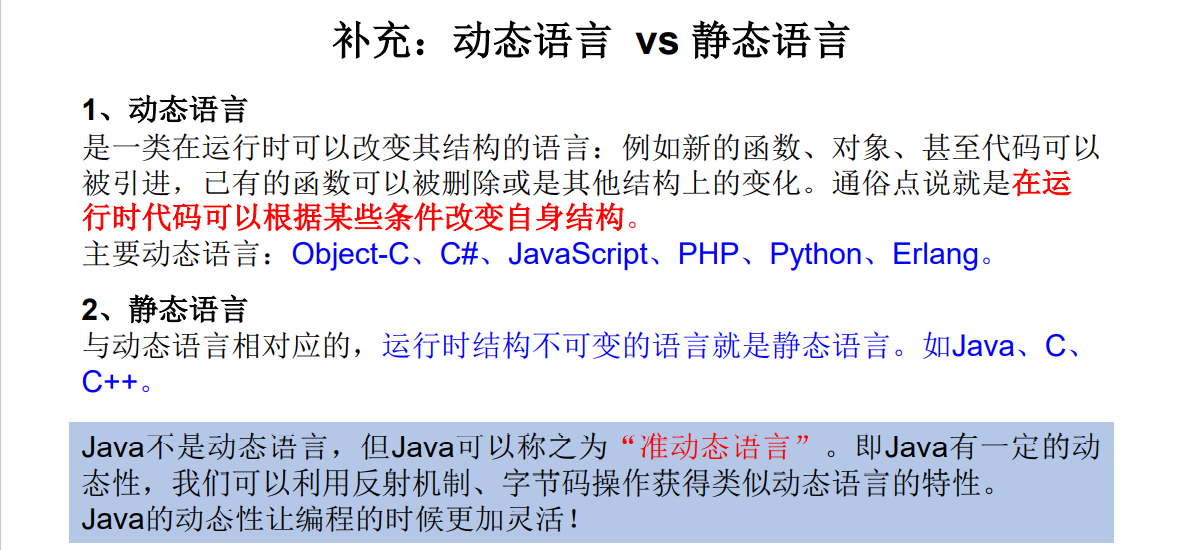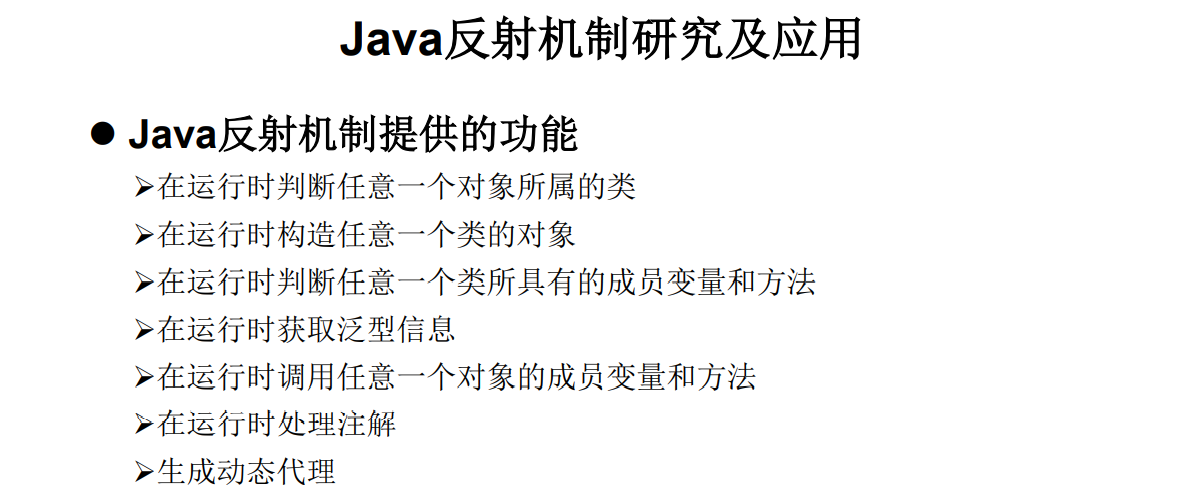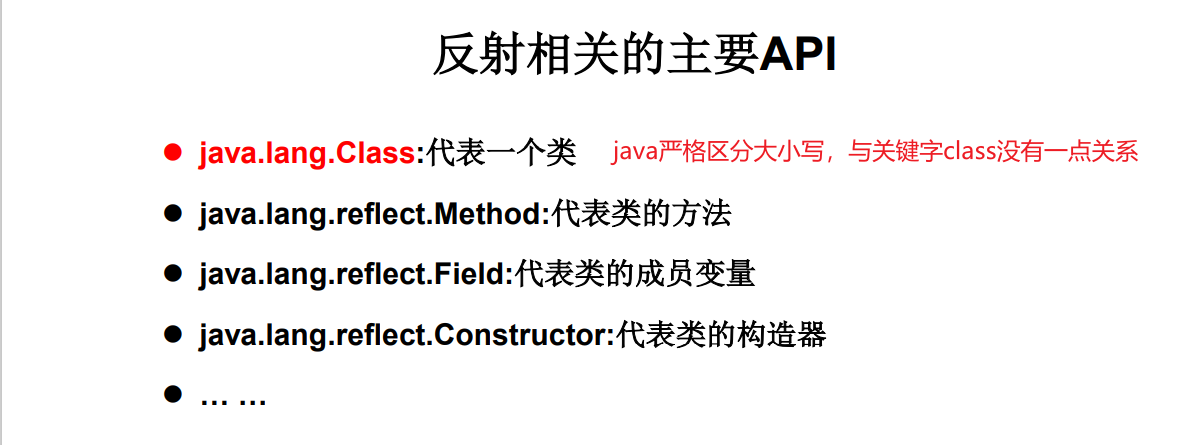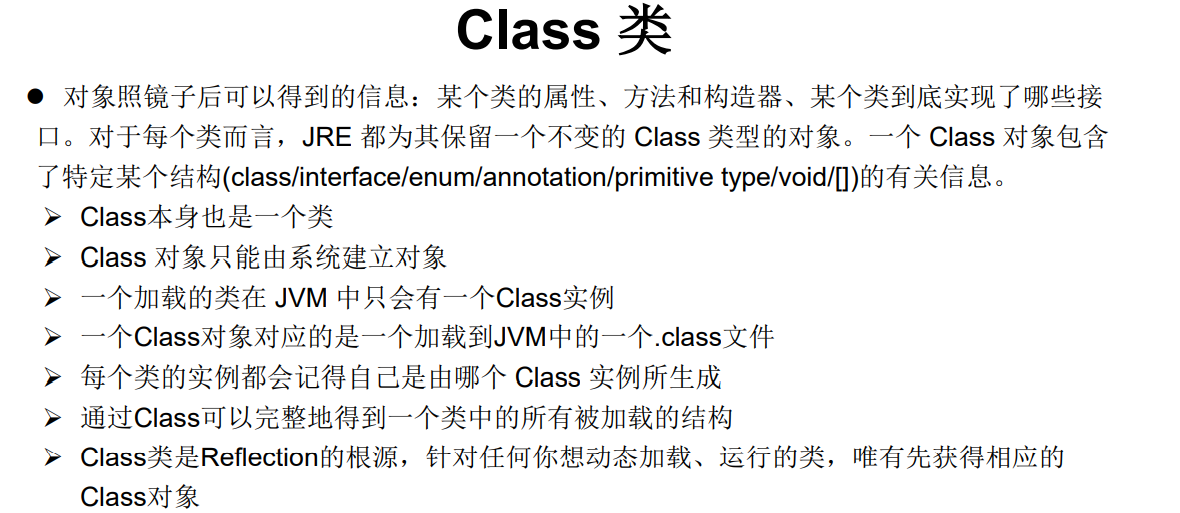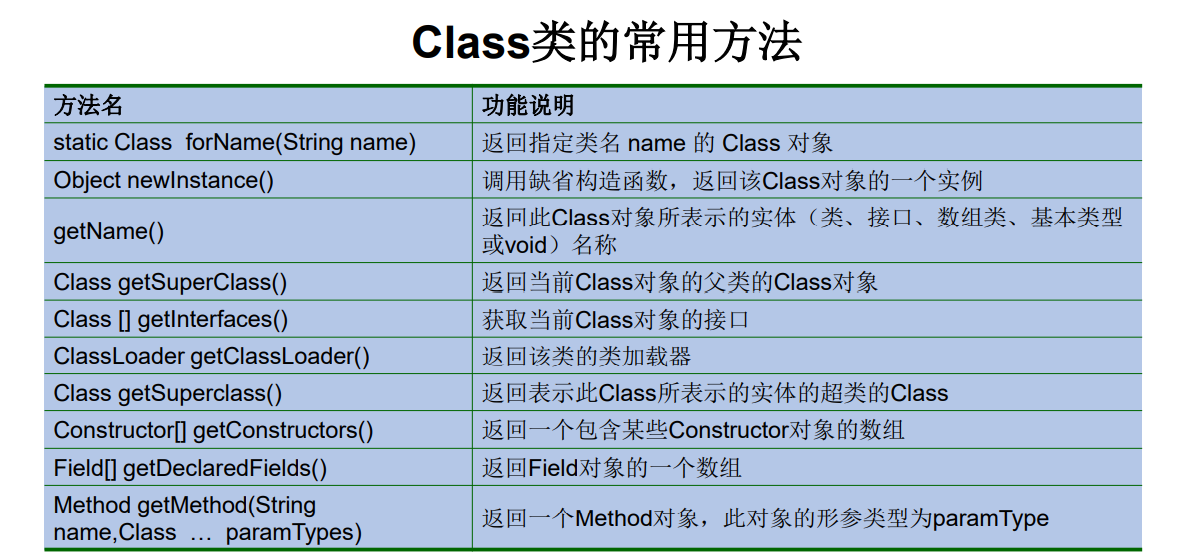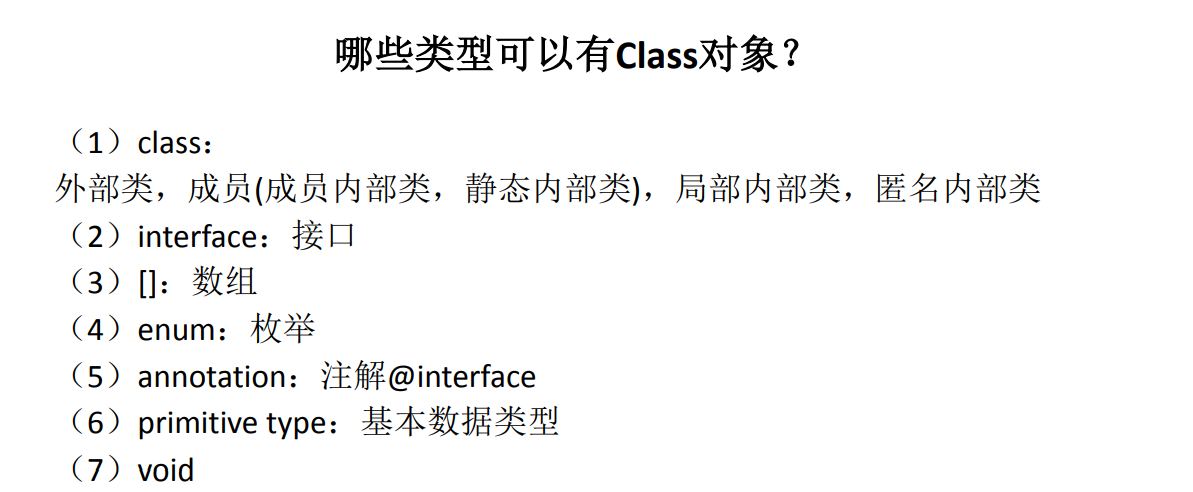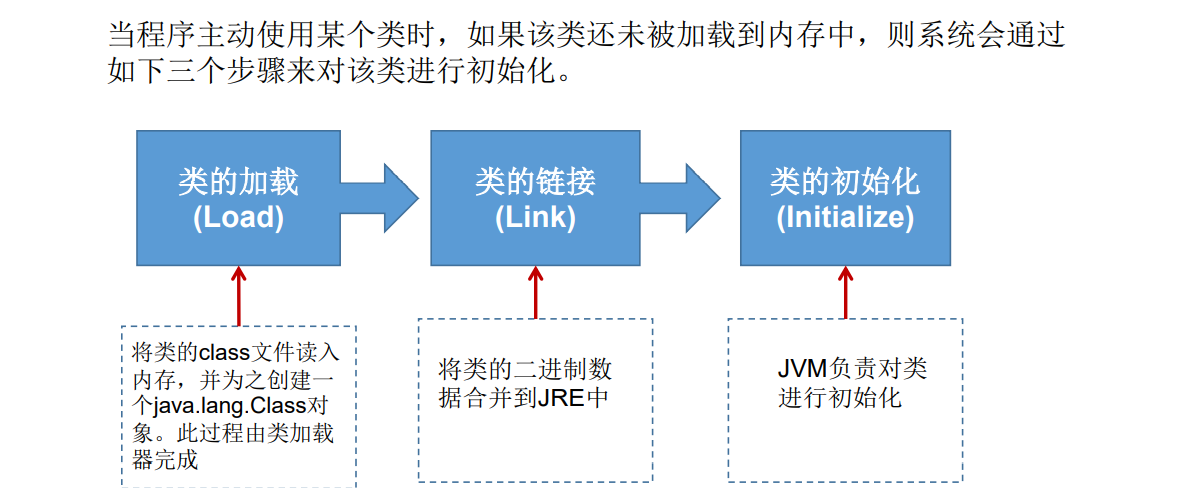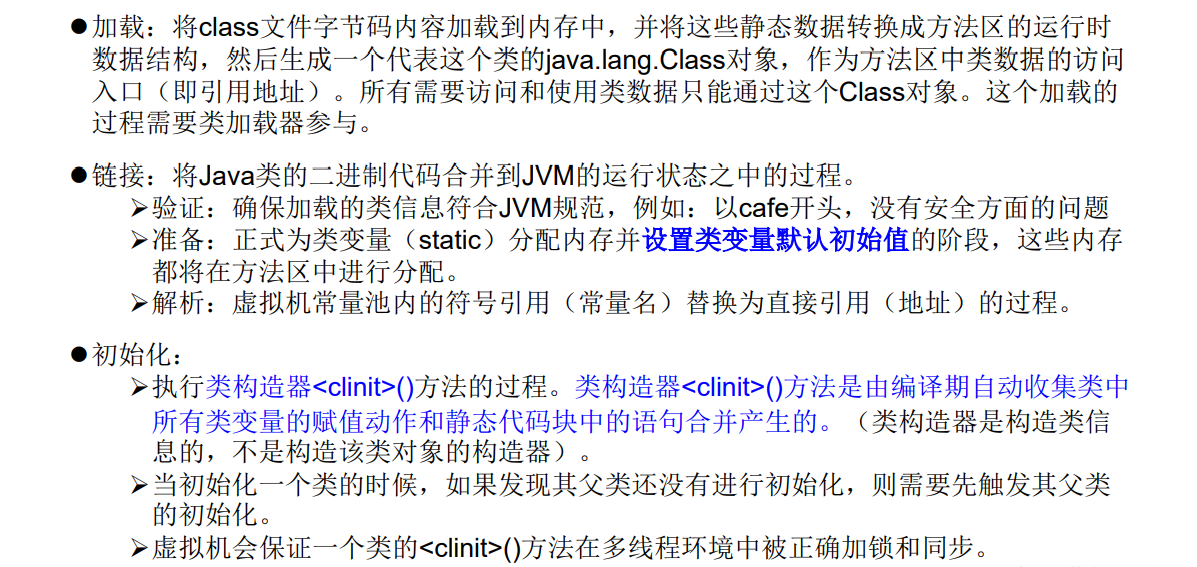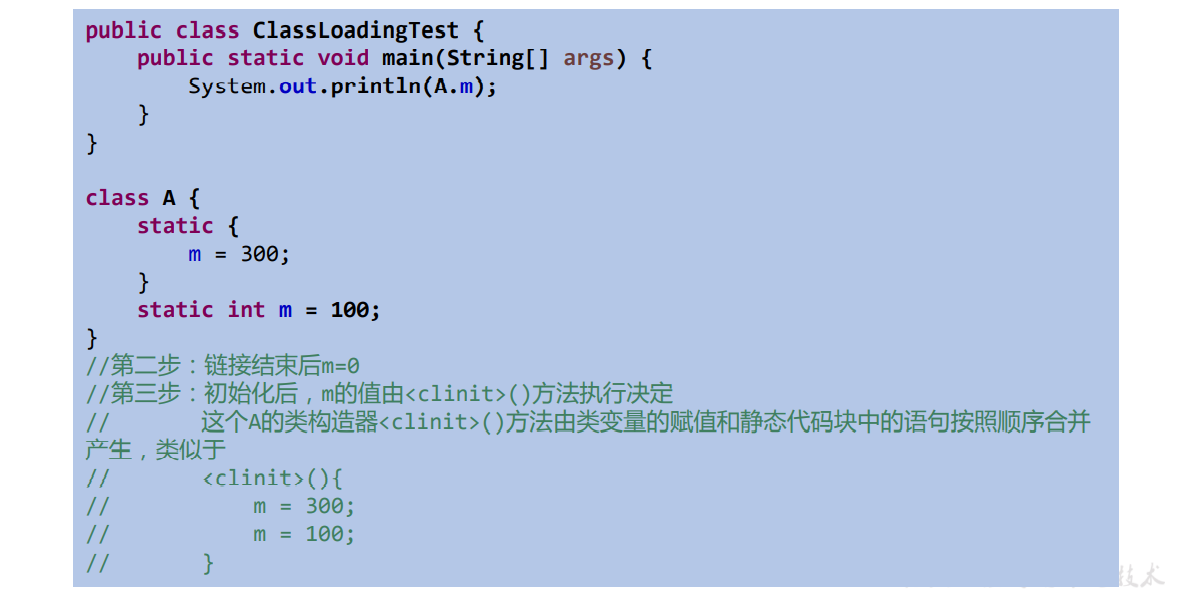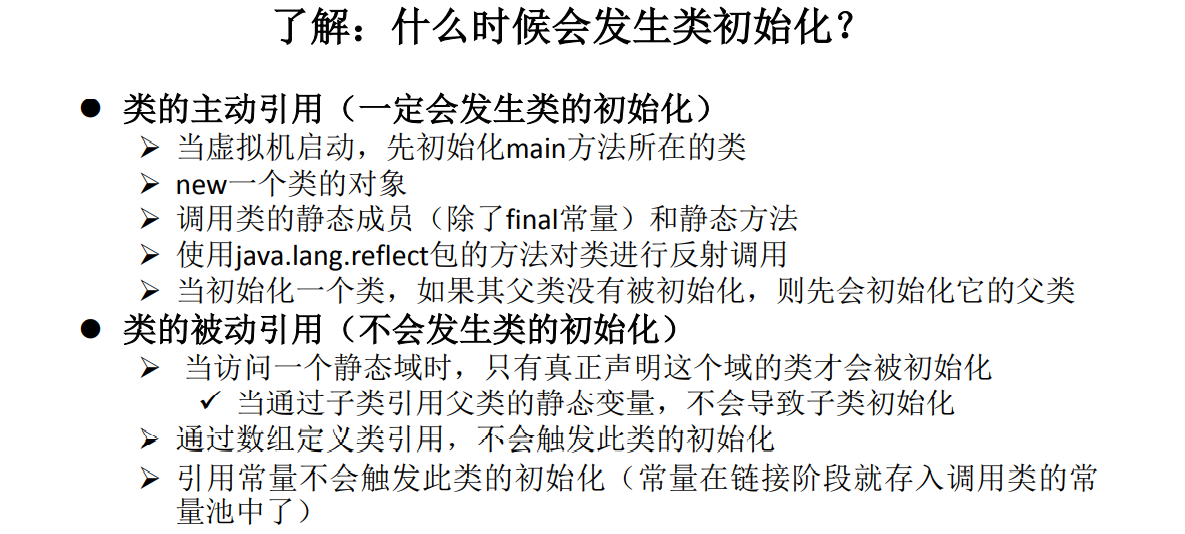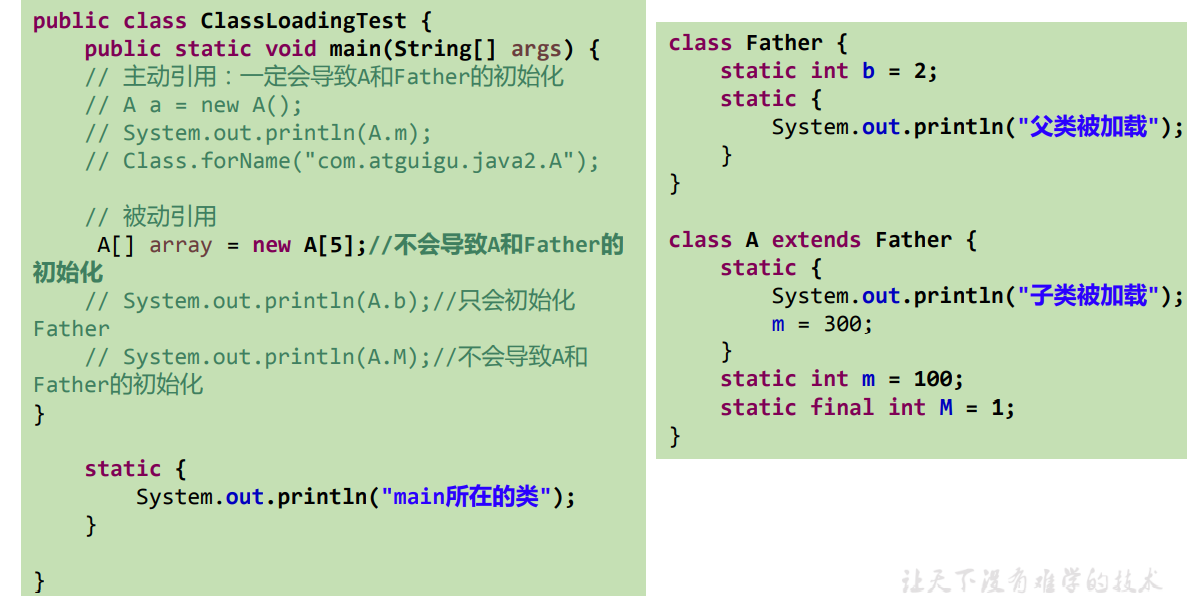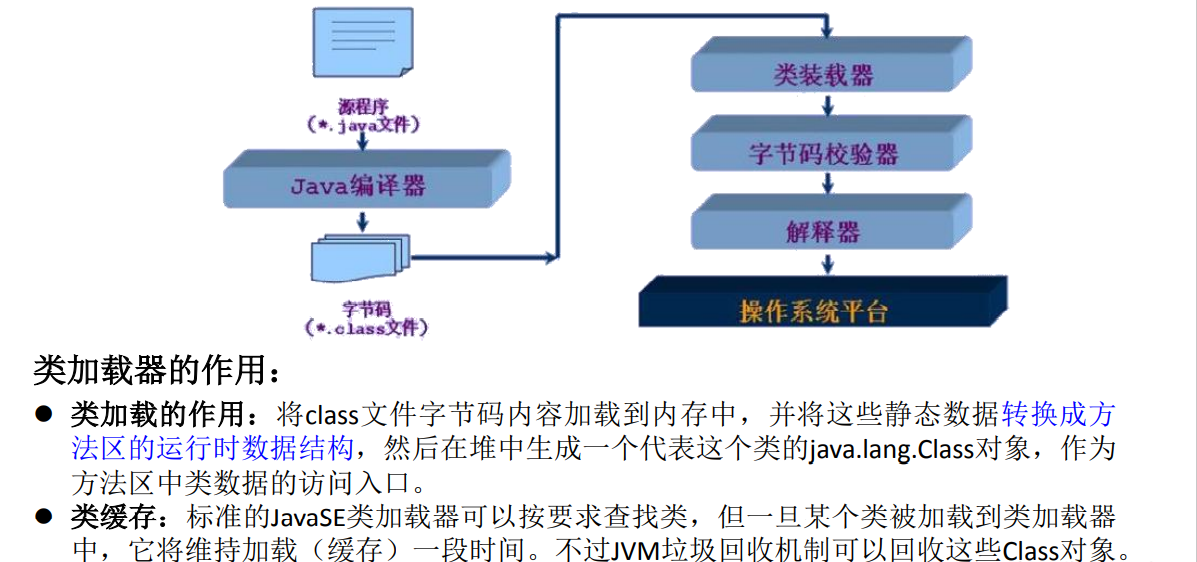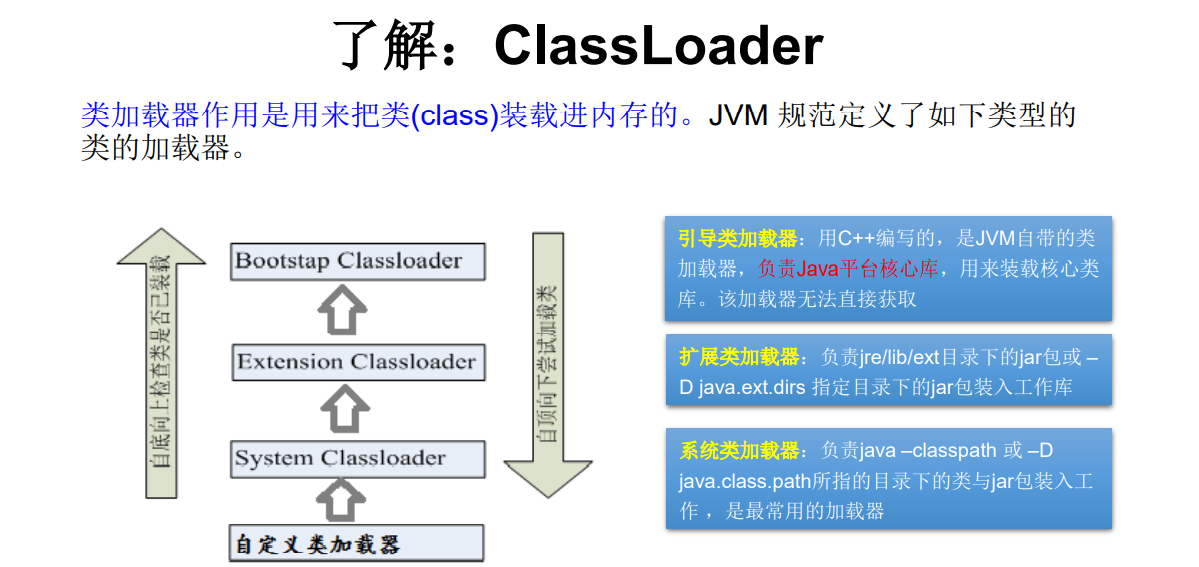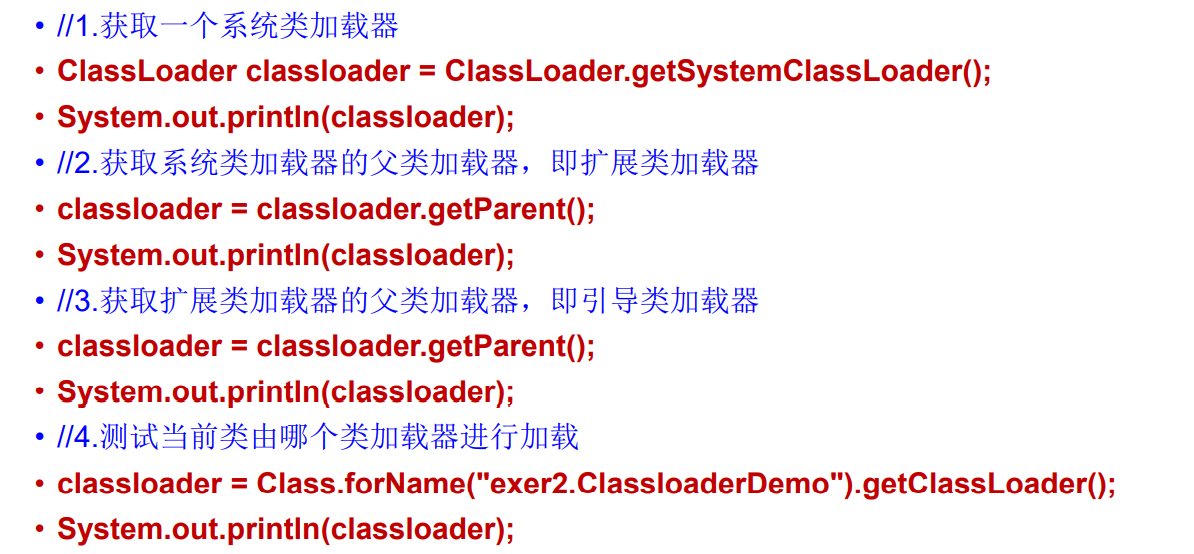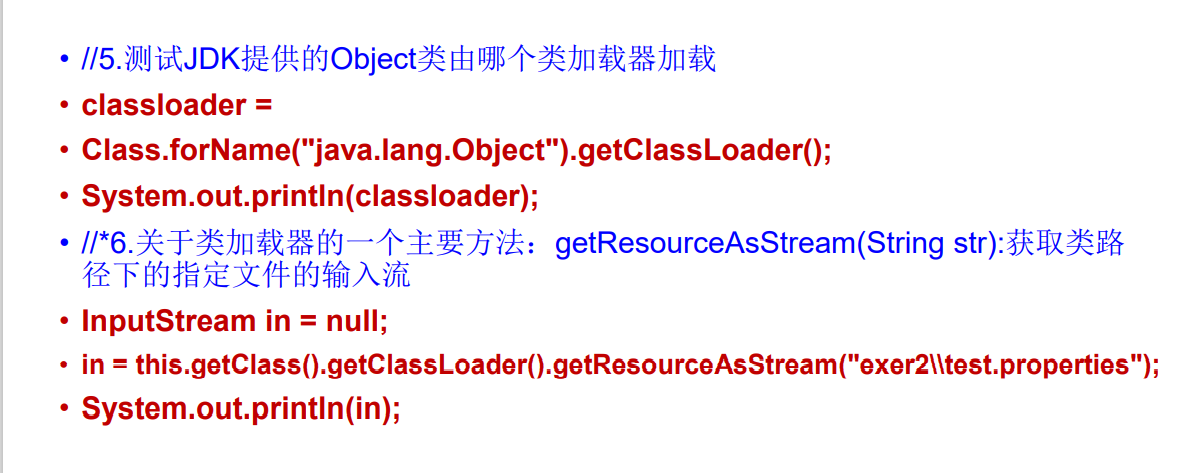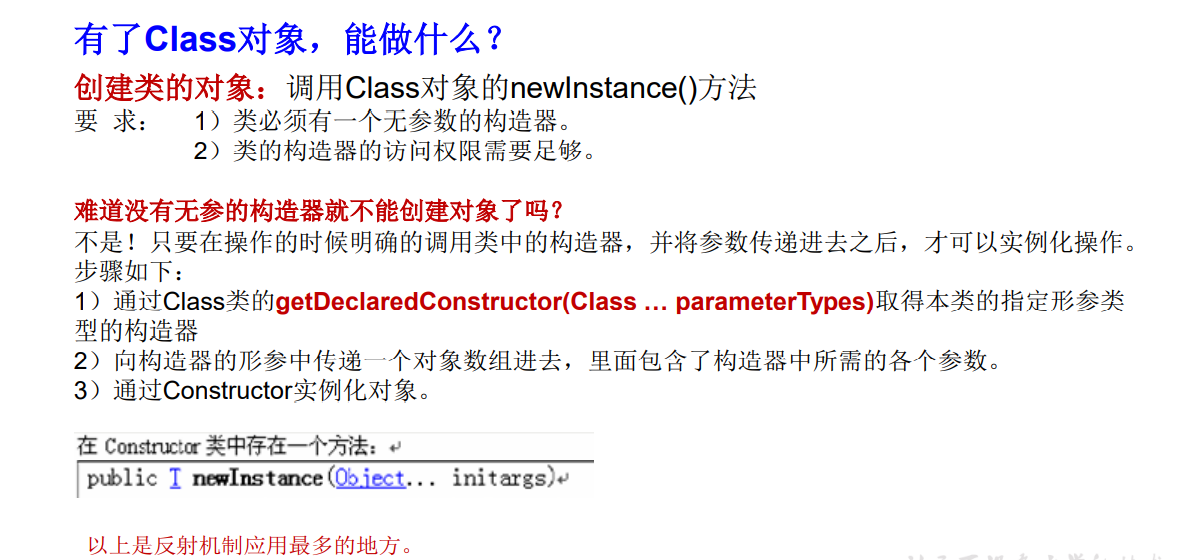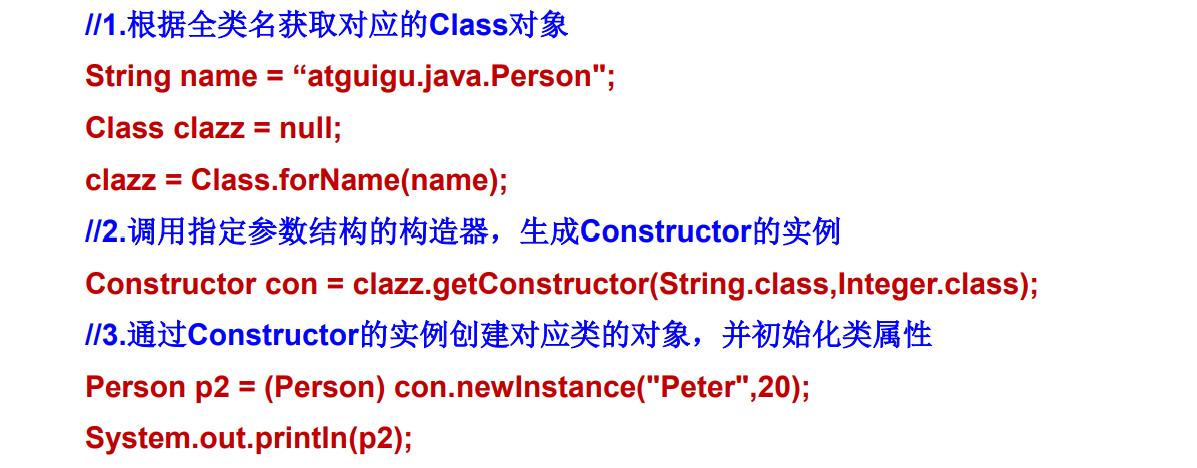1
2
3
4
5
6
7
8
9
10
11
12
13
14
15
16
17
18
19
20
21
22
23
24
25
26
27
28
29
30
31
32
33
34
35
36
37
38
39
40
41
42
43
44
45
46
47
48
49
50
51
52
53
54
55
56
57
58
59
60
61
62
63
64
65
66
67
| public class ReflectionTest {
@Test
public void test1() {
Person p1 = new Person("Tom", 12);
p1.age = 10;
System.out.println(p1.toString());
p1.show();
}
@Test
public void test2() throws Exception{
Class clazz = Person.class;
Constructor cons = clazz.getConstructor(String.class,int.class);
Object obj = cons.newInstance("Tom", 12);
Person p = (Person) obj;
System.out.println(p.toString());
Field age = clazz.getDeclaredField("age");
age.set(p,10);
System.out.println(p.toString());
Method show = clazz.getDeclaredMethod("show");
show.invoke(p);
System.out.println("*******************************");
Constructor cons1 = clazz.getDeclaredConstructor(String.class);
cons1.setAccessible(true);
Person p1 = (Person) cons1.newInstance("Jerry");
System.out.println(p1);
Field name = clazz.getDeclaredField("name");
name.setAccessible(true);
name.set(p1,"HanMeimei");
System.out.println(p1);
Method showNation = clazz.getDeclaredMethod("showNation", String.class);
showNation.setAccessible(true);
String nation = (String) showNation.invoke(p1,"中国");
System.out.println(nation);
}
|
